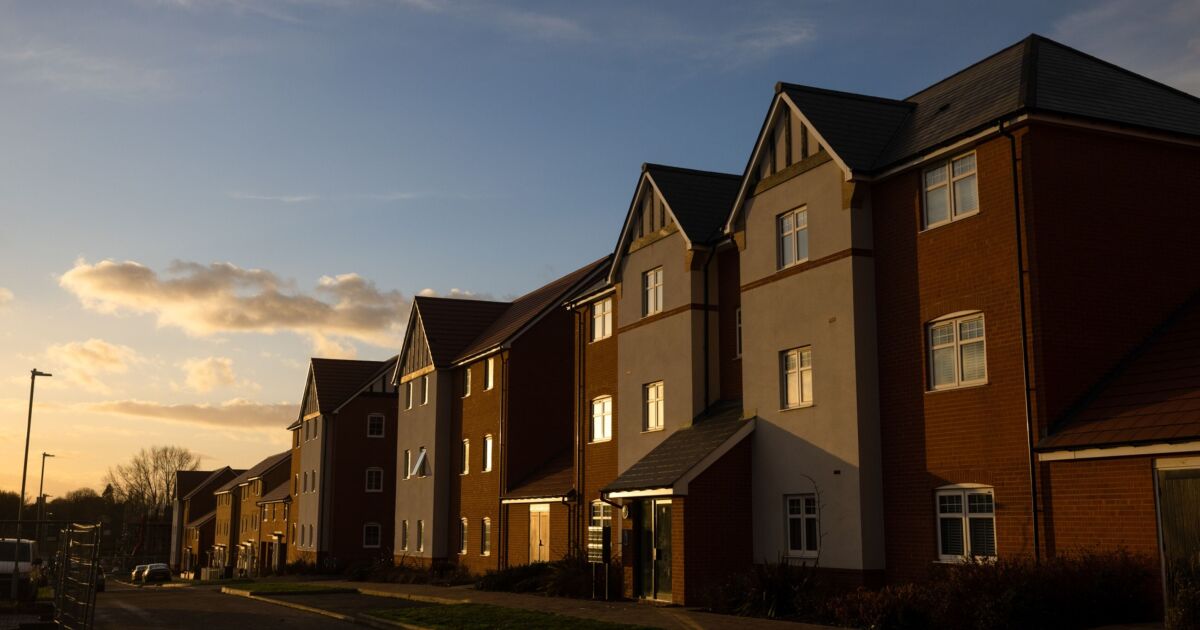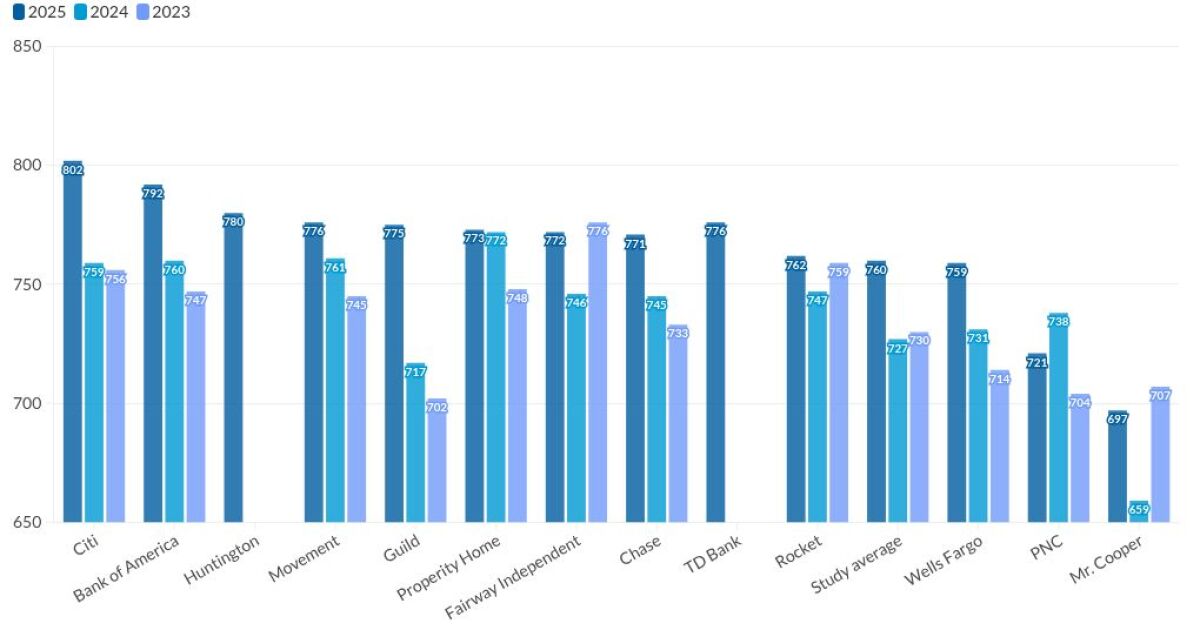
New U.S. home construction retreated in June after surging a month earlier, to a pace that still indicates builders are working to fill the void left by lean housing inventory in the resale market.
Residential starts fell 8% last month to a 1.43 million annualized rate, according to government data released Wednesday. The median estimate in a Bloomberg survey of economists was for a 1.48 million pace.
Applications to build, a proxy for future construction, slipped 3.7% to an annualized pace of 1.44 million units. However, permits to build one-family homes increased to a one-year high.
The retrenchment in groundbreakings follows a surprise jump in the prior month and paints more of a picture of stabilization in residential construction than renewed weakness. Even with the decline, home starts are running at a pace that is above the pre-pandemic trend.
While borrowing costs remain high, limited resale inventory paired with builder incentives have helped spark more buyer interest for new houses. That's bolstered earnings prospects for builders, whose confidence continues to climb.
Despite that steadiness in demand, uncertainty over the path of Federal Reserve policy — and the ensuing impact on interest rates — has led to continued caution around residential construction. The central bank is widely expected to resume raising borrowing costs next week.
Mortgage Bankers Association data released earlier on Wednesday showed applications for home purchases dropped last week as the contract rate on a 30-year fixed mortgage — while improved — remained close to 7%.
Single-family homebuilding decreased 7% in June, but to a pace that's the second-strongest in a year. Multifamily construction dropped nearly 10%. Applications to build multifamily dwellings such as apartments fell by the most since November.
By region, one-family home construction fell in all regions but the West.
The housing starts data will feed into economists' estimates of home construction's impact on second-quarter gross domestic product. The government's initial estimate of second-quarter GDP will be released next week.
Upcoming data on both existing- and new-home sales for June will help shed light on demand in the respective markets.



